Prashant Singh Rana
Predictive Maintenance of Armoured Vehicles using Machine Learning Approaches
Jul 26, 2023



Abstract:Armoured vehicles are specialized and complex pieces of machinery designed to operate in high-stress environments, often in combat or tactical situations. This study proposes a predictive maintenance-based ensemble system that aids in predicting potential maintenance needs based on sensor data collected from these vehicles. The proposed model's architecture involves various models such as Light Gradient Boosting, Random Forest, Decision Tree, Extra Tree Classifier and Gradient Boosting to predict the maintenance requirements of the vehicles accurately. In addition, K-fold cross validation, along with TOPSIS analysis, is employed to evaluate the proposed ensemble model's stability. The results indicate that the proposed system achieves an accuracy of 98.93%, precision of 99.80% and recall of 99.03%. The algorithm can effectively predict maintenance needs, thereby reducing vehicle downtime and improving operational efficiency. Through comparisons between various algorithms and the suggested ensemble, this study highlights the potential of machine learning-based predictive maintenance solutions.
RerrFact: Reduced Evidence Retrieval Representations for Scientific Claim Verification
Feb 05, 2022
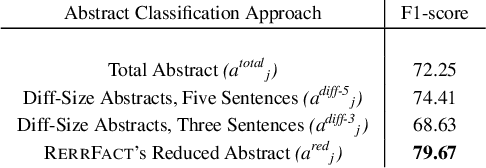
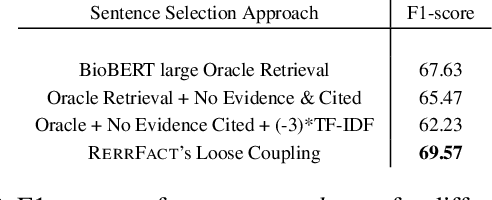
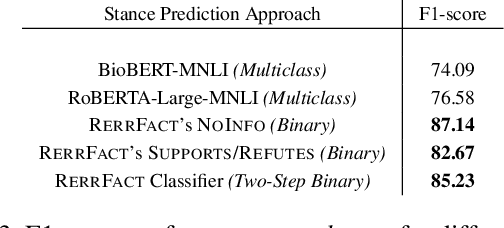
Abstract:Exponential growth in digital information outlets and the race to publish has made scientific misinformation more prevalent than ever. However, the task to fact-verify a given scientific claim is not straightforward even for researchers. Scientific claim verification requires in-depth knowledge and great labor from domain experts to substantiate supporting and refuting evidence from credible scientific sources. The SciFact dataset and corresponding task provide a benchmarking leaderboard to the community to develop automatic scientific claim verification systems via extracting and assimilating relevant evidence rationales from source abstracts. In this work, we propose a modular approach that sequentially carries out binary classification for every prediction subtask as in the SciFact leaderboard. Our simple classifier-based approach uses reduced abstract representations to retrieve relevant abstracts. These are further used to train the relevant rationale-selection model. Finally, we carry out two-step stance predictions that first differentiate non-relevant rationales and then identify supporting or refuting rationales for a given claim. Experimentally, our system RerrFact with no fine-tuning, simple design, and a fraction of model parameters fairs competitively on the leaderboard against large-scale, modular, and joint modeling approaches. We make our codebase available at https://github.com/ashishrana160796/RerrFact.
Exploring Cell counting with Neural Arithmetic Logic Units
Apr 14, 2020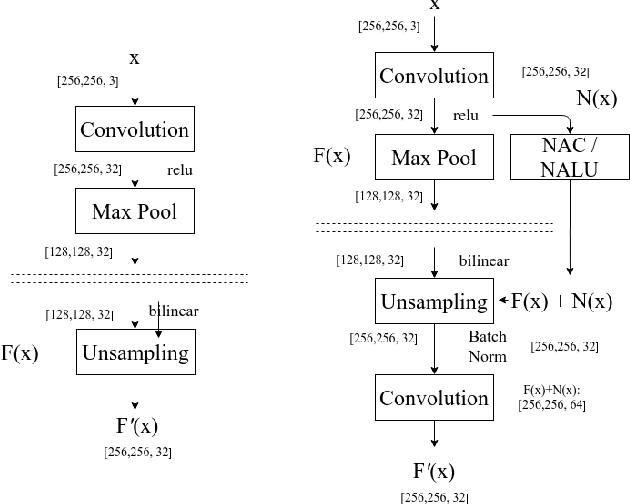
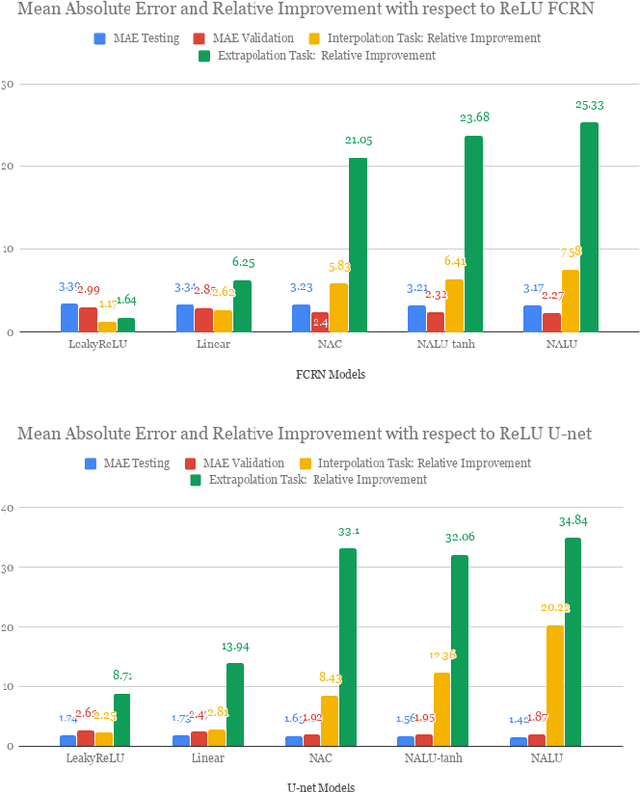
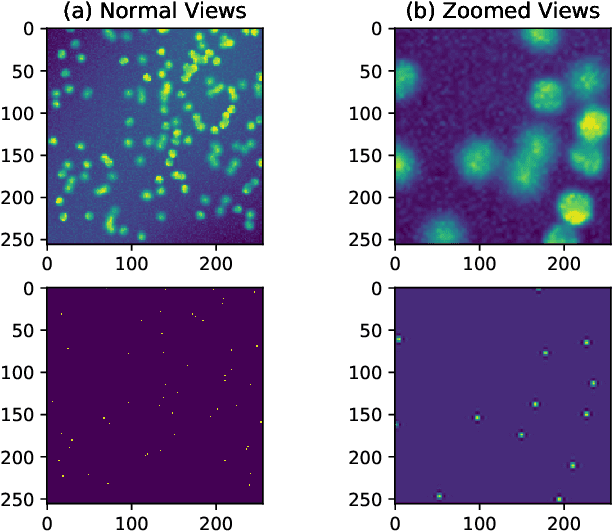

Abstract:The big problem for neural network models which are trained to count instances is that whenever test range goes high training range generalization error increases i.e. they are not good generalizers outside training range. Consider the case of automating cell counting process where more dense images with higher cell counts are commonly encountered as compared to images used in training data. By making better predictions for higher ranges of cell count we are aiming to create better generalization systems for cell counting. With architecture proposal of neural arithmetic logic units (NALU) for arithmetic operations, task of counting has become feasible for higher numeric ranges which were not included in training data with better accuracy. As a part of our study we used these units and different other activation functions for learning cell counting task with two different architectures namely Fully Convolutional Regression Network and U-Net. These numerically biased units are added in the form of residual concatenated layers to original architectures and a comparative experimental study is done with these newly proposed changes . This comparative study is described in terms of optimizing regression loss problem from these models trained with extensive data augmentation techniques. We were able to achieve better results in our experiments of cell counting tasks with introduction of these numerically biased units to already existing architectures in the form of residual layer concatenation connections. Our results confirm that above stated numerically biased units does help models to learn numeric quantities for better generalization results.
 Add to Chrome
Add to Chrome Add to Firefox
Add to Firefox Add to Edge
Add to Edge